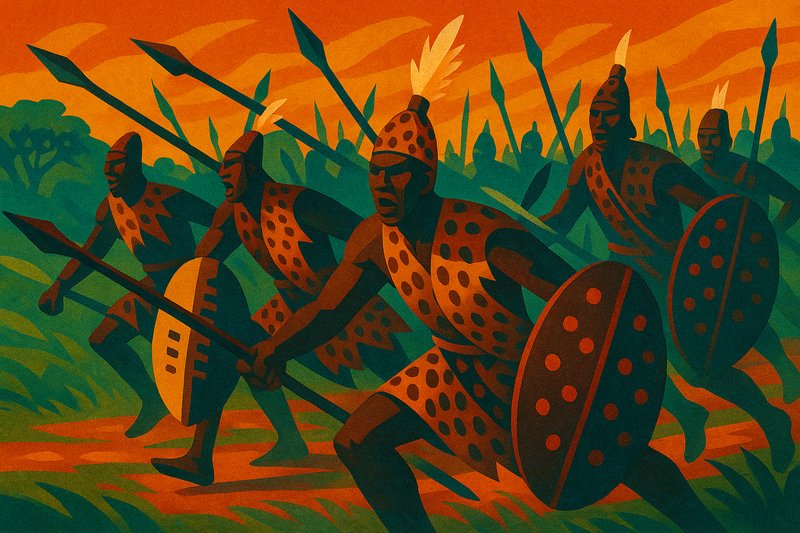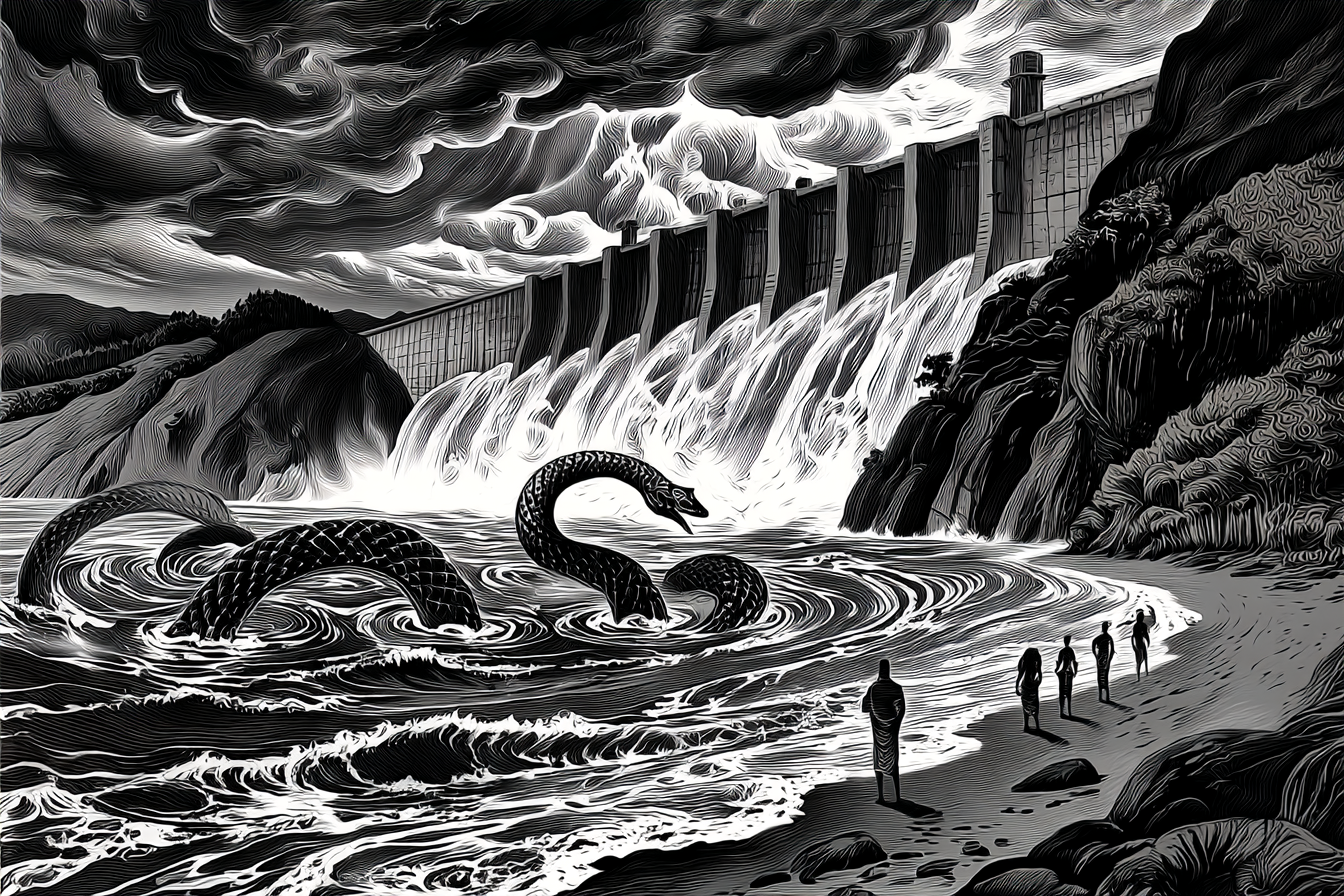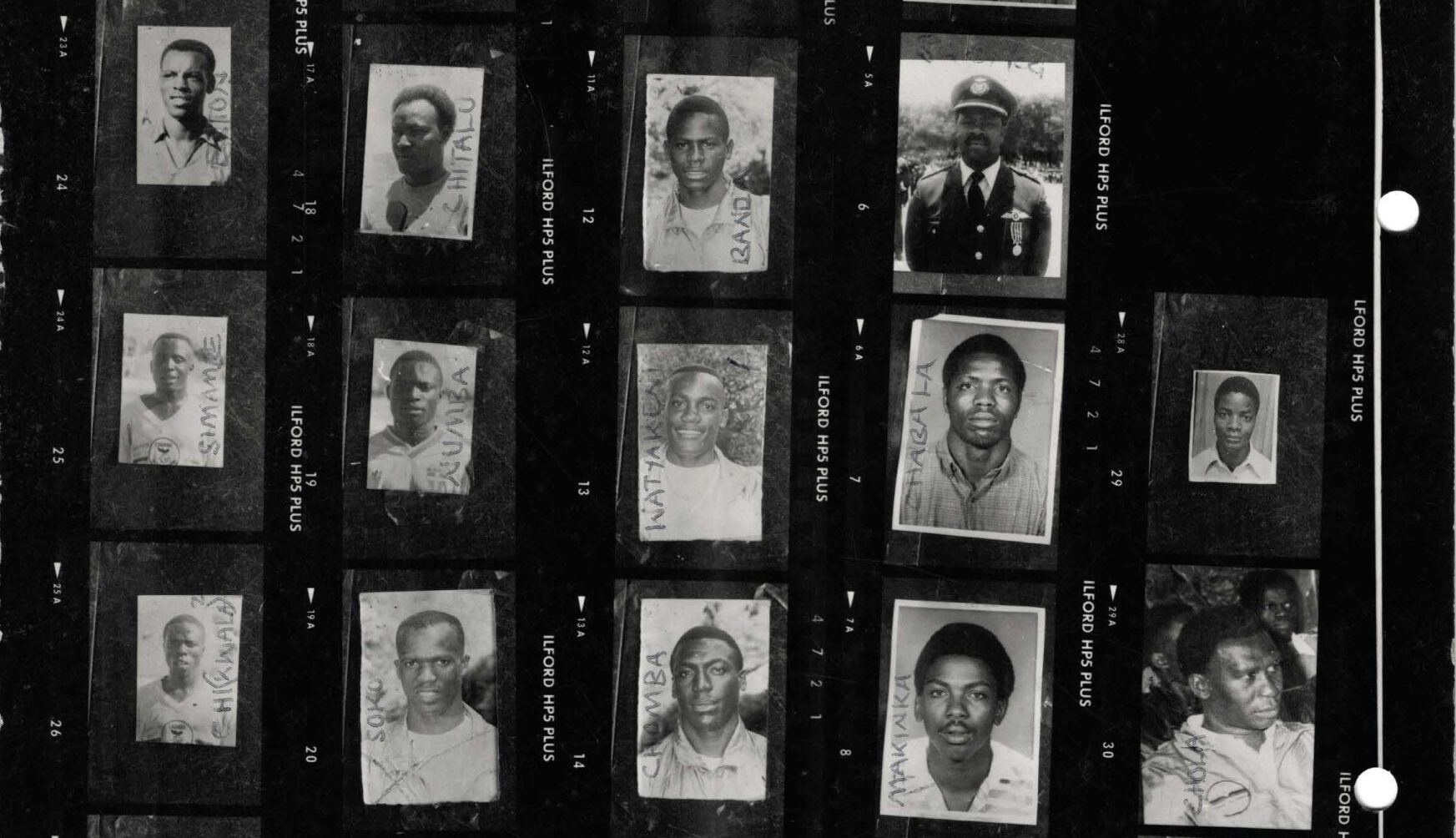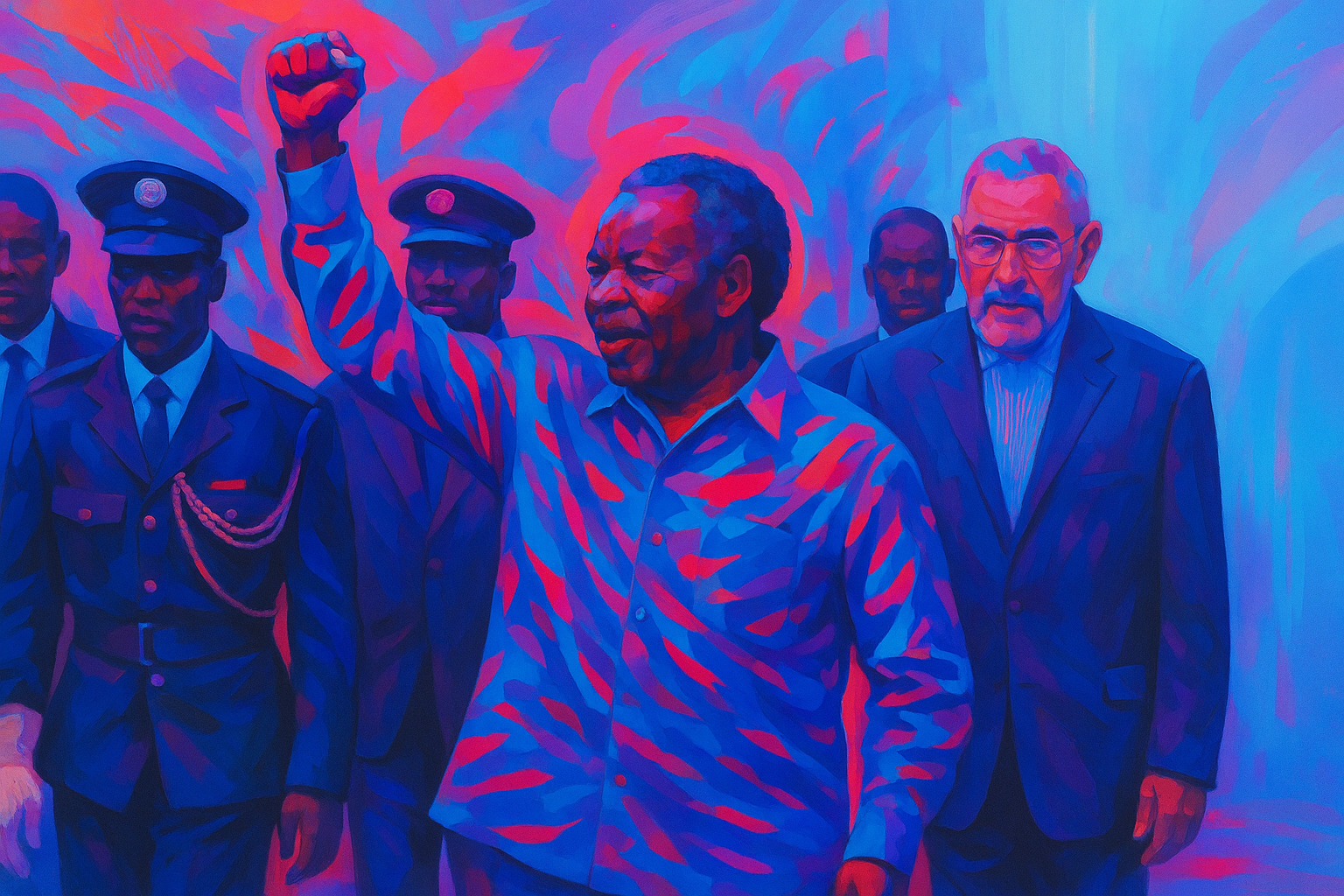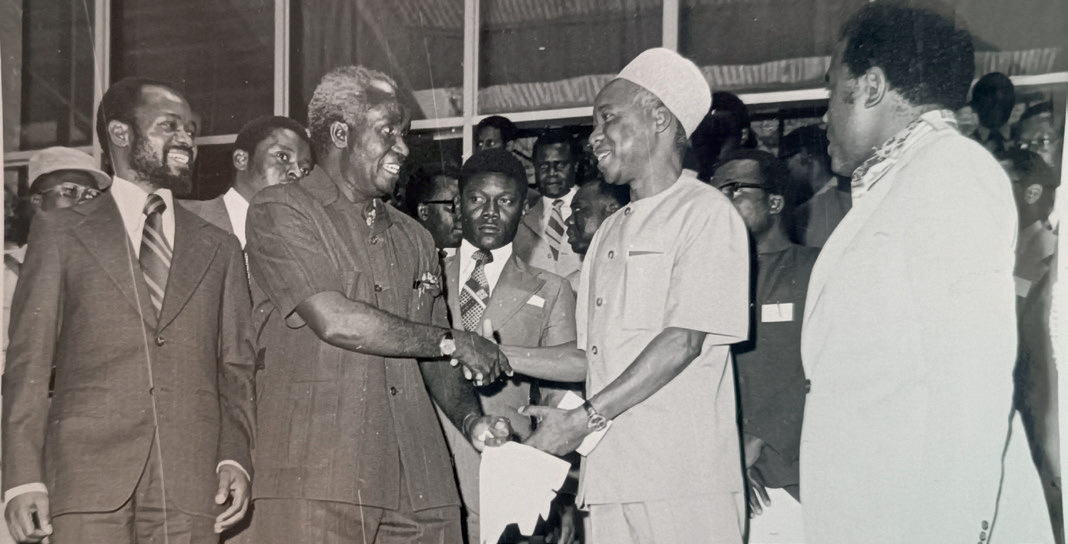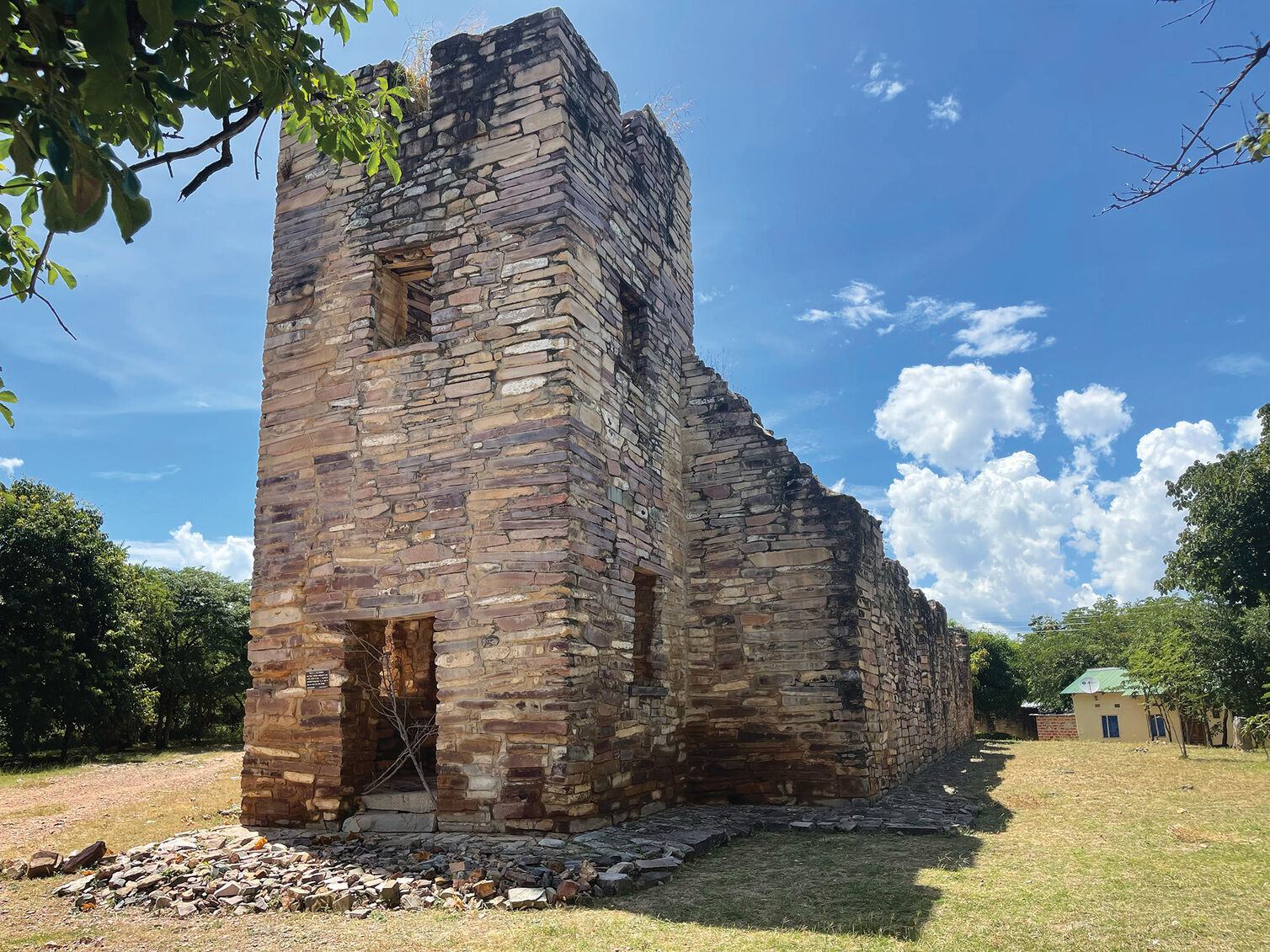The hills of Eastern Zambia tell a story of remarkable courage and cultural resilience. It's here that the Ngoni people, descendants of warriors who trekked over 1,600 kilometres from South Africa, made their stand against the advancing tide of British colonialism in the late 1800s. Their journey represents one of Africa's epic migrations, and their resistance one of its poignant last battles against European expansion.
From Zululand to Zambia: An Epic Migration
In the 1820s, as Shaka Zulu's power grew in southern Africa, many clans fled northward. Among them was Zwangendaba, who led about a thousand followers on an incredible journey. "They crossed the mighty Zambezi during an eclipse in 1835," says a local historian. "Imagine that moment—the sun disappearing as they waded across the river. The Ngoni saw it as a powerful omen for their new beginning."
For nearly two decades, Zwangendaba's band travelled north, fighting, raiding, and absorbing other peoples along the way. When he died near Lake Tanganyika around 1845, succession disputes split his followers. One group, led by his son Mphezeni, turned south into Eastern Zambia's fertile valleys.
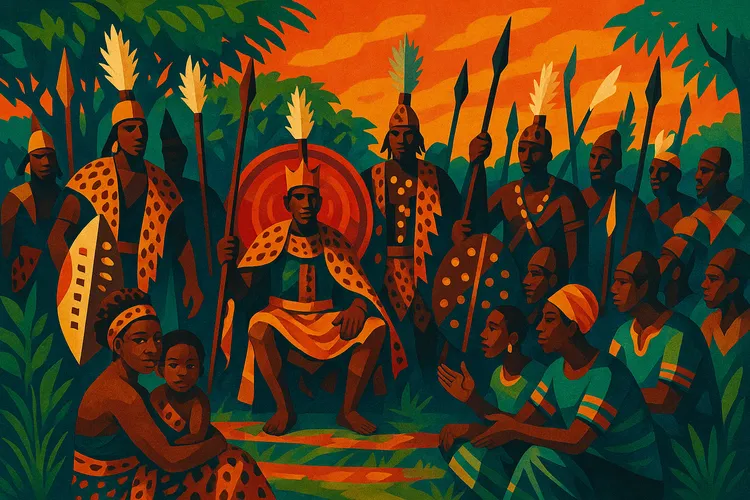
By the 1860s, Mphezeni had established a formidable state in what's now Chipata District. The Ngoni's military prowess became legendary. Organised into regiments called impi and armed with stabbing spears, they maintained dominance through superior tactics and fierce discipline.
"My grandfather used to say just hearing the shield-thumping of approaching Ngoni warriors was enough to send villagers into hiding," the historian recalls, whose ancestors lived in the region. But they weren't just warriors—they built communities, raised cattle, and created a new homeland far from their origins. Not all went smoothly, though. When the Ngoni encountered the gun-wielding Bemba people to the north, they suffered heavy losses and had to adjust their territory. Yet by the late 19th century, they had established a strong kingdom—just as European powers began casting covetous eyes on African lands.
The Clash with Colonialism
As the 1890s dawned, Mphezeni found himself caught between competing European interests. The elderly king refused British offers for land concessions, trying instead to play Europeans against each other by granting rights to a German adventurer named Karl Wiese. The move backfired spectacularly when Wiese sold these rights to a British company tied to Cecil Rhodes' empire-building British South Africa Company.
It was a devastating betrayal, suddenly, British prospectors were claiming rights to Ngoni territory, and Mphezeni realised he'd been duped. By 1897, tensions reached a breaking point. Mphezeni's son, Prince Nsingu, mobilised the Ngoni regiments to defend their homeland from what they saw as unlawful intrusion. In December 1897, Nsingu led thousands of warriors against European settlers and the small garrison at Fort Jameson (now Chipata). Early attacks succeeded, forcing the British to retreat temporarily.
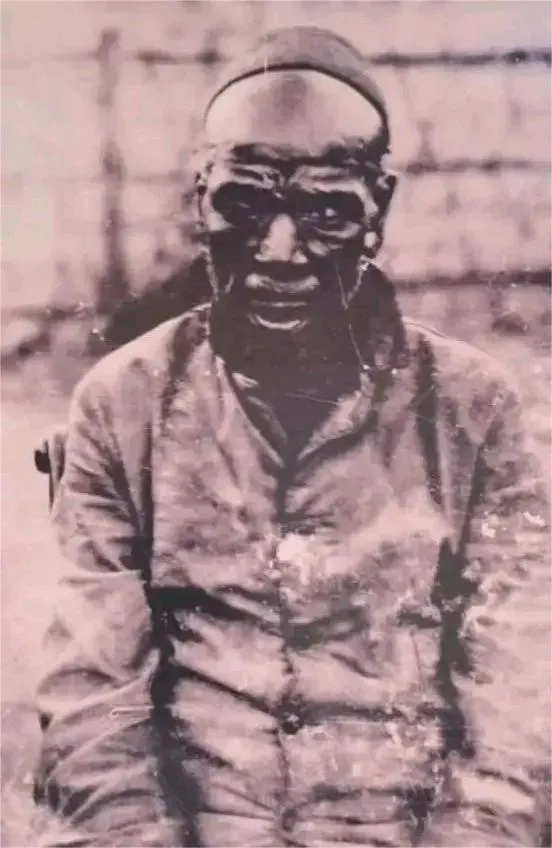
The colonial response was swift and devastating. Captain Brake arrived with soldiers armed with modern weaponry, machine guns, and artillery. At the Battle of Luangweni in January 1898, technology overwhelmed courage. As Ngoni warriors charged in their reliable traditional formation, they were met with bullets and shells that tore through their ranks. Although they fought with incredible bravery, spears against machine guns represented one of history's most uneven contests.
By February, the British had captured and sacked the Ngoni capital. Prince Nsingu was betrayed by informants, captured, and executed at dawn on February 5, 1898. Days later, King Mphezeni surrendered in an effort to spare his people further bloodshed. He was later returned from exile under the title of Paramount Chief, not King, with British oversight until his passing.
Legacy That Lives On
Today the Ngoni kingdom lives on. Each February, thousands gather near Chipata for the vibrant Ncwala Festival, celebrating Ngoni heritage with dance, music, and ceremony. The Ngoni king presides over this first-fruits celebration, linking modern Zambians to their storied past. The dances, the regalia, the rituals—it's all living history.
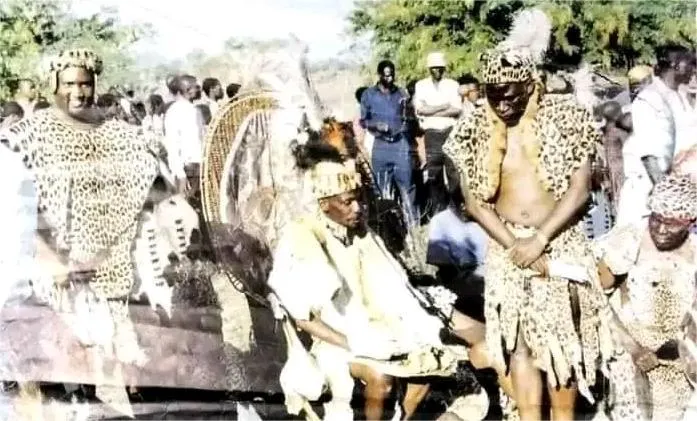
From Zwangendaba's epic migration to Prince Nsingu's last stand, the Ngoni journey represents the complex tapestry of resistance, adaptation, and cultural preservation that shaped modern Zambia. In Eastern Zambia today, the Ngoni remain proud custodians of their heritage—a people who, despite the weight of colonial history, never forgot who they were or where they came from
